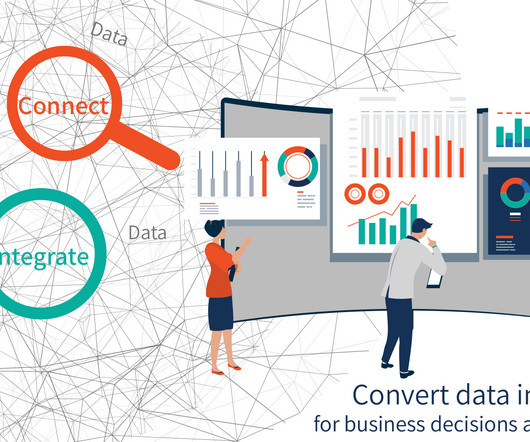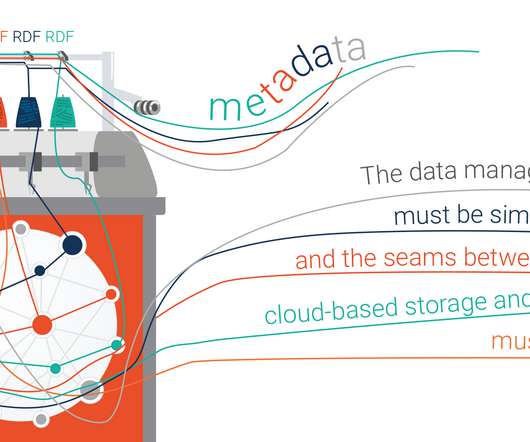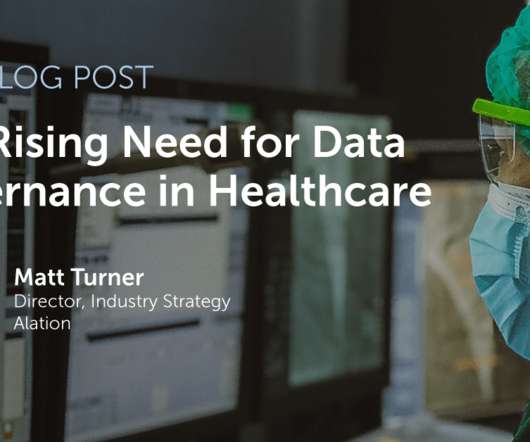Big Data Ingestion: Parameters, Challenges, and Best Practices
datapine
AUGUST 20, 2019
This pace suggests that 90% of the data in the world is generated over the past two years alone. A large part of this enormous growth of data is fuelled by digital economies that rely on a multitude of processes, technologies, systems, etc. Data has grown not only in terms of size but also variety. Self-Service.















Let's personalize your content